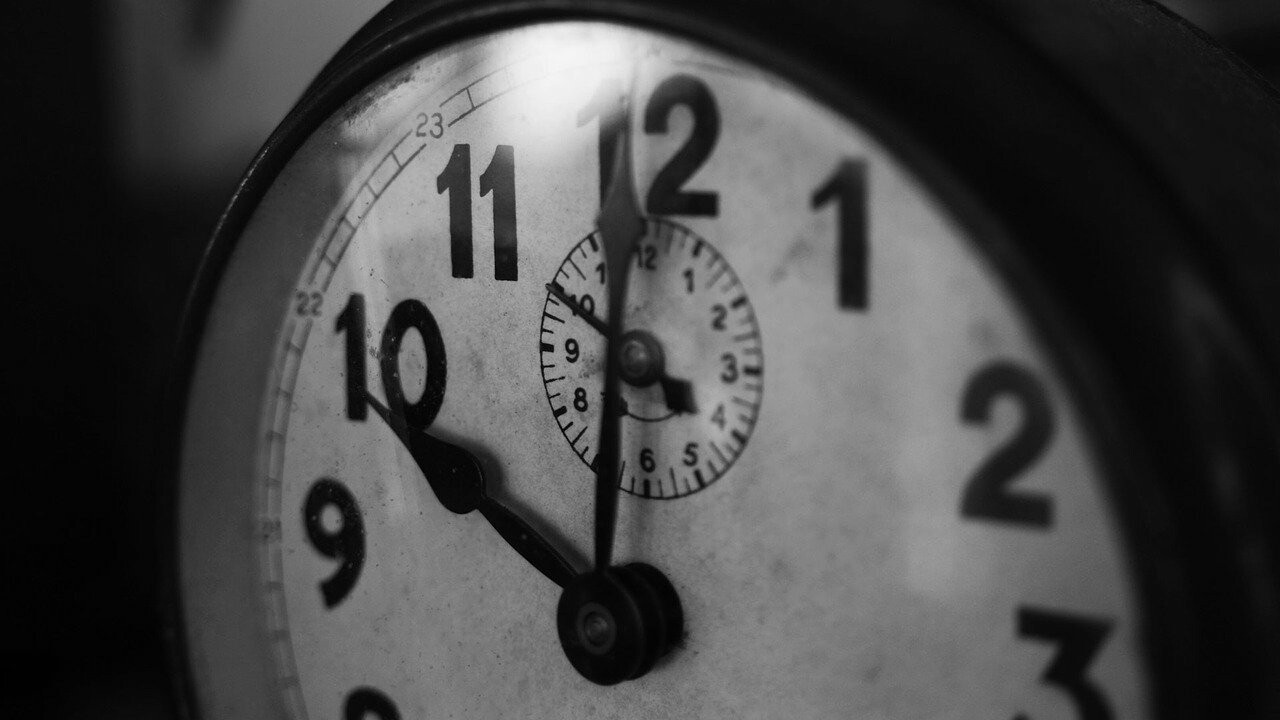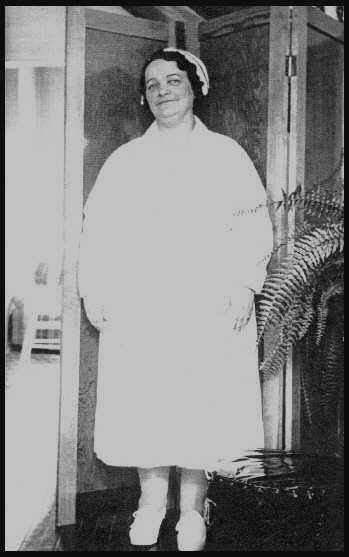
Circadian Rhythm is our 24-hour human clock. It is responsible, in a large part, for our sleep-wake cycle. We humans, as well as animals, plants and even algae, follow this biological rhythm.
It was first discovered in the 1700s and there are still in-depth studies to this day. In the 1960’s Franz Halberg, a biologist at the University of Minnesota coined the name, Circadian Rhythm. It comes from the Latin word “circa” which means “around”, and “diem” which means “day”. It literally means “around one day”.
Circadian Rhythms are generated by the length of daylight. In animals, the length of daylight encourages the timing of behavior such as migration, hibernation, reproduction, coat growth and camouflage covering. In plant life we see our trees changing colors as the leaves begin to die and fall for their winter rest. In people with healthy Circadian Rhythm, we wake to the sunrise and become sleepy after the sunset. Or at least that’s how it used to be before our world became a 24-hour a day workplace.
It was first discovered in the 1700s and there are still in-depth studies to this day. In the 1960’s Franz Halberg, a biologist at the University of Minnesota coined the name, Circadian Rhythm. It comes from the Latin word “circa” which means “around”, and “diem” which means “day”. It literally means “around one day”.
Circadian Rhythms are generated by the length of daylight. In animals, the length of daylight encourages the timing of behavior such as migration, hibernation, reproduction, coat growth and camouflage covering. In plant life we see our trees changing colors as the leaves begin to die and fall for their winter rest. In people with healthy Circadian Rhythm, we wake to the sunrise and become sleepy after the sunset. Or at least that’s how it used to be before our world became a 24-hour a day workplace.
When our Sleep-Wake Patterns are out of Sync
Some of us may have what is called “free running” Circadian Rhythm from time to time. When the rhythm is free-running our sleep-wake patterns are out of sync.
 We may get sleepy during the day and restless at night. Most often the problem is the improper timing of the secretion of the sleep hormone Melatonin. Melatonin is produced and secreted by the Pineal gland, which is about the size of a pea and located in the center of the brain in humans and many mammals. Melatonin is stimulated by dark and inhibited by light. So the daylight cues our pineal gland that melatonin is not needed and we are awake.
We may get sleepy during the day and restless at night. Most often the problem is the improper timing of the secretion of the sleep hormone Melatonin. Melatonin is produced and secreted by the Pineal gland, which is about the size of a pea and located in the center of the brain in humans and many mammals. Melatonin is stimulated by dark and inhibited by light. So the daylight cues our pineal gland that melatonin is not needed and we are awake.After sunset and as darkness approaches the pineal gland goes to work and we should get sleepy about the same time each night. Of course, the exception to this rule are those who work shift work and sleep very well during the day and wake rested in the late afternoon. The body clock can be retrained in some of us. The whole idea is a consistent sleep-wake pattern every 24 hours.
There are several types of Circadian Rhythm sleep disorders.
There are several types of Circadian Rhythm sleep disorders. Examples of extrinsic types are jet lag and shift work. Intrinsic types are considered neurological syndromes which result in insomnia and can be a little more difficult to overcome but can be treated.
There are also mental disorders, which can cause free-running Circadian Rhythm such as Bipolar Disorder or Manic Depression. In Smith Magenis Syndrome, a behavior disorder among some children, melatonin is released during the day and absent at night. It’s also very interesting that completely blind individuals who cannot distinguish light from dark often times have free-running Circadian Rhythm.
Treatment
The treatment for many of these disorders includes a small dose of synthetic Melatonin, usually .3mg to .5mg taken about 1 hour before bedtime. This hormone has a short half-life and larger doses can be counterproductive. The Massachusetts Institute of Technology states that the Melatonin supplements sold today have 3 to 10 times more than the amount needed to produce desirable blood levels for sleep enhancement. Melatonin is available in local stores where supplements are sold. It is available in capsules, tablets, liquid and transdermal patches here in the U.S. and Canada. In some countries, it must be obtained with a prescription and is prohibited in Germany.
It is thought by some that Melatonin is harvested from the pineal glands of sheep and cattle. All Melatonin sold in the United States is synthetic. Thereby eliminating the danger of the transference of a viral disease.
 In very high doses Melatonin could cause an increase in vivid dreams. Over the counter Melatonin includes Vitamin B6 that is also known to sometimes cause strong dreams. There are very few side effects and is safe for short-term use, usually 3 months or less. In higher doses, 3mg a day or more, the side effects may include headaches, nausea, next-day grogginess or irritability, hormone fluctuations, nightmares and reduced blood flow. If taken several hours before bedtime, it only advances the production phase. If taken 30 to 90 minutes before bed, it advances the length of time in the blood causing drowsiness
In very high doses Melatonin could cause an increase in vivid dreams. Over the counter Melatonin includes Vitamin B6 that is also known to sometimes cause strong dreams. There are very few side effects and is safe for short-term use, usually 3 months or less. In higher doses, 3mg a day or more, the side effects may include headaches, nausea, next-day grogginess or irritability, hormone fluctuations, nightmares and reduced blood flow. If taken several hours before bedtime, it only advances the production phase. If taken 30 to 90 minutes before bed, it advances the length of time in the blood causing drowsiness.
Using Melatonin as a treatment for sleep/Circadian Rhythm disorders should be used along with light therapy as well as stress reduction and healthy sleep hygiene to achieve the best results.
Melatonin is naturally found in the amino acid tryptophan, which is partly responsible for the “turkey coma” some of us experience during our holiday celebrations. It can also be found in rice, oats, sweet corn, ginger, tomatoes and barley. Melatonin can lower body temperature and is also an antioxidant.
Using Melatonin as a treatment for sleep/Circadian Rhythm disorders should be used along with light therapy as well as stress reduction and healthy sleep hygiene to achieve the best results.
Melatonin is naturally found in the amino acid tryptophan, which is partly responsible for the “turkey coma” some of us experience during our holiday celebrations. It can also be found in rice, oats, sweet corn, ginger, tomatoes and barley. Melatonin can lower body temperature and is also an antioxidant.
The antioxidant properties may reduce damage caused by Parkinson’s, aid in preventing cardiac arrhythmia and could increase longevity. It is also known to prevent the DNA damage from carcinogens, which are proven to cause many forms of cancer. In Alzheimer’s patients and those afflicted with ADHD, melatonin has proven effective in helping them fall asleep faster. Clinical studies have found Melatonin to be effective in preventing migraines and cluster headaches. In addition, it stimulates the immune system and the endocrine system.
Some should take caution. Symptoms may be exacerbated in those with autoimmune disorders. Persons with orthostatic intolerant cardiovascular conditions could experience reduced blood pressure and reduced blood flow to the brain worsening their symptoms as well.
Some should take caution. Symptoms may be exacerbated in those with autoimmune disorders. Persons with orthostatic intolerant cardiovascular conditions could experience reduced blood pressure and reduced blood flow to the brain worsening their symptoms as well.
To Get Back on the Clock (Reset)
 To get back on the clock so to speak we need sunrise, sunset and daily routine. Sunshine in the morning, a good diet, exercise, sunset and a healthy sleep hygiene. In today’s world with schedules that may not allow some or most of these practices, Melatonin is very useful on a short-term basis. It is also a much safer alternative to prescription sleeping pills that only make you sleepy and don’t work to improve your natural rhythm. Melatonin is something that the body recognizes and can help restore normal sleep patterns. Melatonin, unlike sleeping prescriptions, is not habit-forming.For healthy sleep hygiene it is most helpful to dim the lights in order to entice that pineal gland to get to work. A nice bedtime routine like most of us introduce our children to is very effective. Bathe, brush your teeth, dress in comfy sleepwear, read a bit and maybe have a nice cup of chamomile tea.
To get back on the clock so to speak we need sunrise, sunset and daily routine. Sunshine in the morning, a good diet, exercise, sunset and a healthy sleep hygiene. In today’s world with schedules that may not allow some or most of these practices, Melatonin is very useful on a short-term basis. It is also a much safer alternative to prescription sleeping pills that only make you sleepy and don’t work to improve your natural rhythm. Melatonin is something that the body recognizes and can help restore normal sleep patterns. Melatonin, unlike sleeping prescriptions, is not habit-forming.For healthy sleep hygiene it is most helpful to dim the lights in order to entice that pineal gland to get to work. A nice bedtime routine like most of us introduce our children to is very effective. Bathe, brush your teeth, dress in comfy sleepwear, read a bit and maybe have a nice cup of chamomile tea.Some tips on healthy sleep hygiene:
- Maintain a healthy diet and avoid eating an hour before bed.
- Exercise.
- Get at least 15 min. of morning sun whenever possible.
- Eliminate stress.
- Use the bedroom only for sleep and intimacy.
- Make the bedroom as dark as possible, and keep the temperature low.
- Avoid alcohol, caffeine and nicotine.
- Dim the lights at least an hour before bed.
- Have quiet or soft music at least an hour before bed.
- Keep a regular bedtime routine, prepare for sleep.
Eventually, usually about 2 weeks, your Circadian Rhythm could be back in tune and you will reap the wonderful benefits of good restorative sleep. As with all remedies for any ailment, one should consult their health care provider to ensure the safety of their use of Melatonin.
“It is a delicious moment, certainly, that of being well nestled in bed and feeling that you shall drop gently to sleep. The good is to come, not past.” –Leigh Hunt
References:
www.wikepedia.com
www.grande.nal.usda.gov
www.annieappleseedproject.com
www.futurescience.com
www.talkaboutsleep.com
Karen Yocum
krnyocum@yahoo.com
12/24/2008
SUBSCRIBE HERE
"Practice Wellness Daily," Dr.E








0 Comments